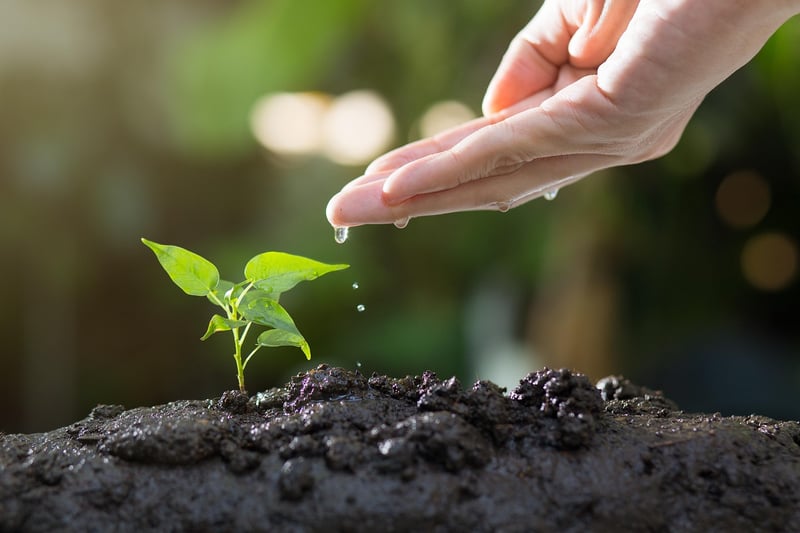Leaf Structure Examination
Analyzing Plant Growth and Leaf Structure Examination
Plants have always fascinated scientists and nature enthusiasts alike with their intricate growth patterns and diverse leaf structures. Understanding plant growth and examining leaf structures can provide valuable insights into their health, development, and environmental interactions.
Plant Growth Analysis
Plant growth is a complex process influenced by various factors such as light, water, nutrients, and temperature. By observing and analyzing plant growth patterns, researchers can unravel the mechanisms behind how plants develop and respond to their surroundings.
Key Aspects of Plant Growth Analysis:
- Monitoring growth rate over time
- Studying root development
- Assessing leaf expansion
- Examining reproductive structures
Leaf Structure Examination
Leaves are essential plant organs responsible for photosynthesis, gas exchange, and transpiration. Examining leaf structures under a microscope can reveal intricate details about a plant's species, health, and adaptation to environmental conditions.
Components of Leaf Structure Examination:
- Epidermis and cuticle
- Stomata and guard cells
- Veins and vascular bundles
- Mesophyll cells
Importance of Plant Growth and Leaf Structure Analysis
Studying plant growth and leaf structures is crucial for various fields such as agriculture, botany, and environmental science. It helps in crop improvement, disease detection, and understanding plant responses to climate change.
By delving into the intricate world of plant growth and leaf structures, researchers can unlock the secrets of nature's green wonders and pave the way for sustainable agriculture and environmental conservation.


